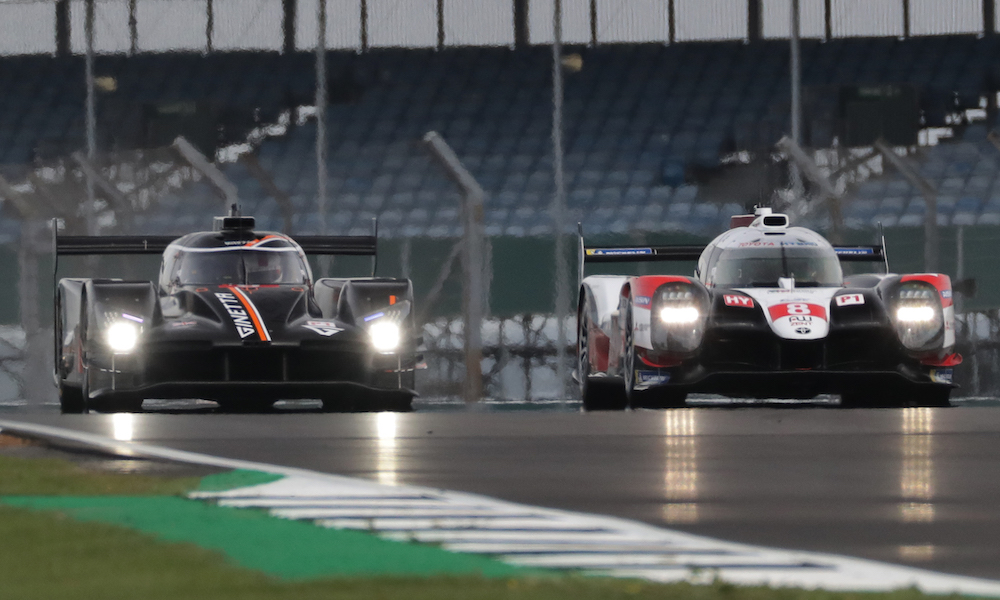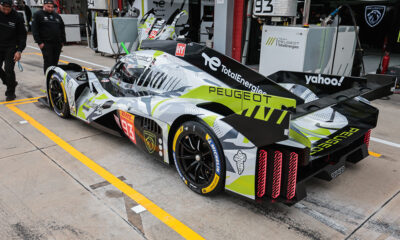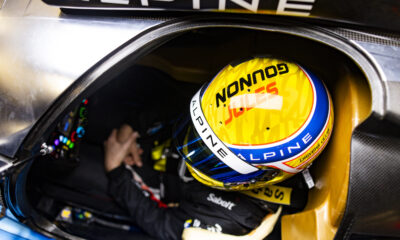
Photo: James Moy/Toyota
The FIA World Endurance Championship has confirmed how its new LMP1 success handicap system will be applied in the 2019-20 season.
While the system was announced by the series last month, a new bulletin issued on Friday clarifies details of its application and the scale of the penalties on offer.
The car at the bottom of the LMP1 teams’ points table will be the point of reference, with each of the other cars’ handicaps determined by their respective points advantages over the last-placed car heading into each round.
A correction factor of 0.008 seconds/km will be used to calculate the size of each penalty. This was originally understood to be 0.006 seconds/km, at the time of the pre-season Prologue test last month.
The correction factor will be multiplied by the length of the next track on the schedule and the points difference between each car and the last-placed car to determine the size of each handicap.
It means that the car that wins this weekend’s 4 Hours of Silverstone season-opener will be 0.614 seconds slower per lap at Fuji Speedway compared to the sixth-placed car, considering a gap of 13 championship points from first to sixth.
If a car fails to finish, a gap of 25 championship points will be considered, meaning that the Silverstone-winning car will lose 1.18 seconds per lap at Fuji.
This handicap will be achieved by modifying a set of six parameters for the Toyota TS050 Hybrids and four parameters for the non-hybrid entries from Rebellion Racing and Team LNT.
Mutual parameters are minimum weight, maximum total fuel flow, maximum fuel flow per stint and maximum fuel rig diameter size, while the Toyotas will also be governed by changes to their maximum petrol energy per lap and the amount of hybrid energy they can release per lap, measured in MJ.
With penalties applied, the minimum weight of the Toyotas cannot exceed 932 kg, which is what the Japanese-entered cars are running to at Silverstone, while the non-hybrids’ minimums cannot exceed 870 kg.
Each car’s total performance reduction may not be greater than 40 points’ worth of penalties.
It’s understood that the 40-point ceiling and the correction factor can change throughout the season, if the gap between the fastest LMP1 and slowest LMP1 at a circuit exceeds 0.25 seconds/km.
In other words, a review of these factors could be made if the gap between the fastest LMP1 and slowest LMP1 is more than 1.475 seconds at Silverstone.
For race-by-race entries, the WEC has confirmed that a success handicap “will be applied and will be equal to the one applied to the most penalized car using the same technology”.
Success handicaps will govern all rounds except the 24 Hours of Le Mans, which closes the 2019-20 season next June.






















